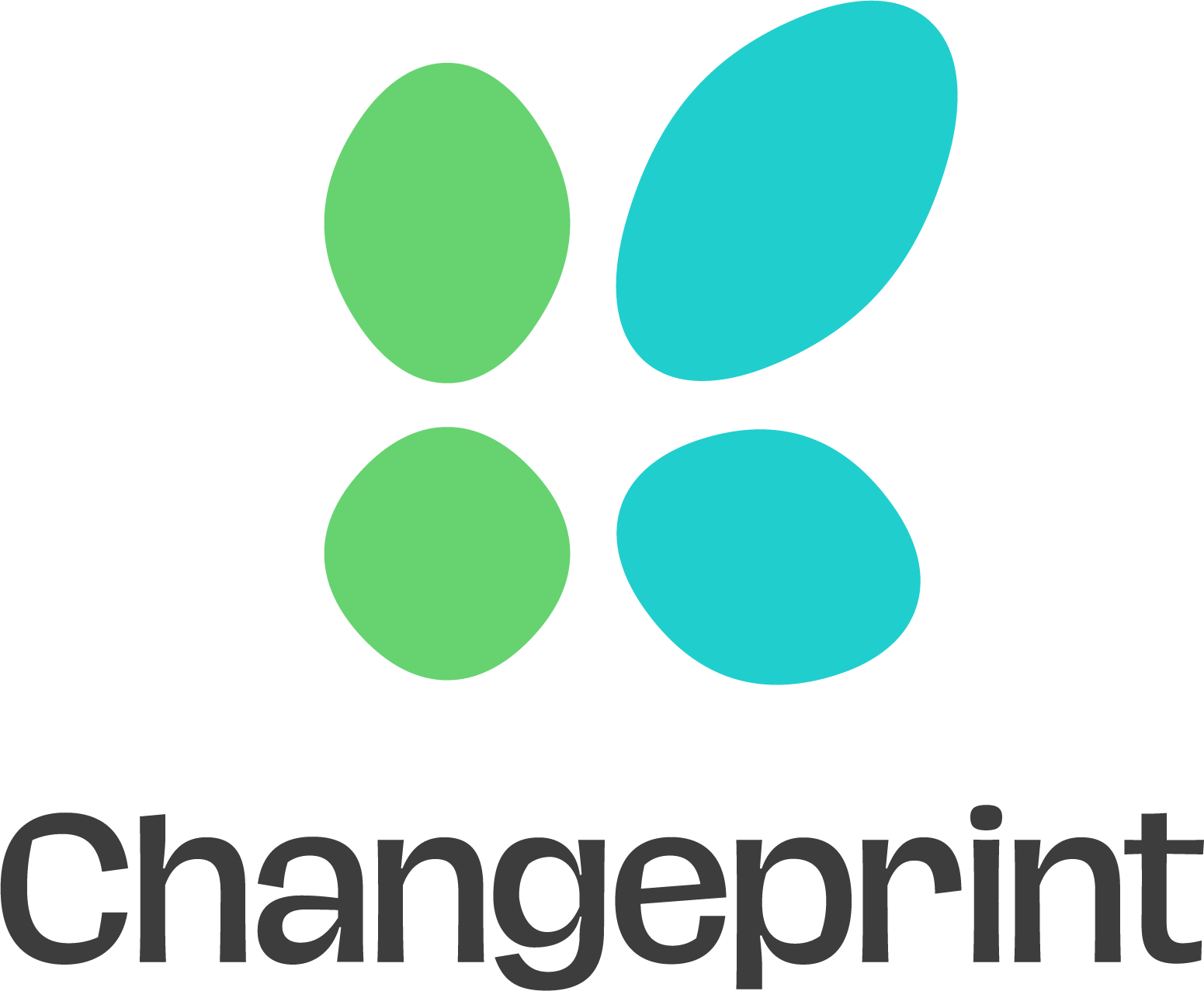Our Changeprint
Our Changeprint can be measured by tonnes of carbon dioxide emissions reduced; improved local air quality; number of car kms reduced (and traffic congestion); the high environmental standards of the projects delivered (e.g. BREEAM and CEEQUAL); and the increased ease and convenience that people who travel and commute by light rail network enjoy.
Our story
The Metrolink system in Greater Manchester is the largest light rail network in the UK and is powered by renewable resources.
The Metrolink system can achieve low pollution levels because trams are powered by electricity produced from modern, cleaner, greener sources – around 70% of a tram's power comes from wind or solar/photovoltaic sources as does the power on tram stops. The rest is from other environmentally friendly sources like recycling waste and water power.
Metrolink is friendly to the environment in many other ways too. For example, trams produce no exhaust fumes at all; they cause almost no noise, except when they sound a horn to warn pedestrians and traffic. Trams have steel wheels, not rubber tyres: steel wheels are much more efficient, and when they're finally worn out, the steel is recycled with much less impact on the environment than getting rid of old rubber tyres.
We expect to see more people switching to Metrolink from cars and buses as new routes bring trams to more areas. The more people that use the trams, the more the overall emissions figure will come down because the system is operating more efficiently.
And as more people use the trams instead of environmentally-unfriendly alternatives, the overall pollution levels in Greater Manchester will come down.
As part of the £1.5bn Metrolink expansion programme that was delivered between 2010 and 2015, that brought new lines through dozens of local communities, with extensions to Rochdale via Oldham, Ashton-under-Lyne, East Didsbury and Manchester Airport, we saw significant environmental and economic benefits.
It signifies one of the largest and most ambitious transport projects to be delivered in the UK and is unprecedented in the light rail industry in terms of the size and scale of growth.
The new lines have removed 38.8 million car kilometres per year from our roads - contributing towards Greater Manchester's goal of 50% of all journeys being made by public transport and active travel by 2040.
This has contributed to a reduction in carbon emissions, saving 6,700 tonnes of CO2 in 2019/20 – helping to accelerate the city-region commitment to be carbon neutral by 2038.
A major uplift in usage is possible when moving from a largely neglected and low-level rail service to a high-quality rapid transit system. For 2019/20, 6,125,000 trips were estimated to have been made on the Rochdale via Oldham line, representing an increase by a factor of 5.4 relative to the 2008/09 heavy rail figure (1,150,000).
Based on modelling, there has been a significant improvement in public transport access to employment, further education and healthcare, an improvement that is particularly noticeable for the more deprived communities of Greater Manchester.
Our advice
Transport for Greater Manchester has extensive experience of delivering major transformational public transport interventions. We have listed below some of the main areas of advice we can offer based on the experience of delivering the Metrolink expansion programme, including securing CEEQUAL excellent rating for Second City Crossing and Trafford Park Line.
Define environmental requirements clearly and monitor for compliance. For instance, TfGM requires projects to follow our Management System document "Environmental and Sustainability Criteria for Strategic Design, Development & Delivery", incorporating carbon and sustainability requirements and targets to be met and delivering to high environmental standards such as BREEAM and CEEQUAL. Implement a Code of Construction Practice which provides a robust framework for minimising the impact of construction on local neighbours and the environment.
Follow an overarching Environmental Management Plan (EMP) and local EMP's which set out the principles for protecting the environment during construction. To protect local ecology, before any construction work takes place, detailed ecological surveys should be carried out to identify if there are any protected species – such as newts, badgers, bats etc. Examples of mitigation and habitat replacement measures implemented by the Metrolink expansion programme include:
- Temporary ponds
- Protecting and monitoring badgers during construction
- Bat boxes and owl boxes installed at various locations across the scheme
- Translocation of locally rare plant species – e.g. Marsh Orchid, Royal Fern and Club Rush
- Consideration choice of materials made and developing biodiverse landscaping schemes
Employ a "Considerate Contractor" and ensure they implement continuous improvement in environmental measures.
Where significant utility diversion works are required, use a Joint Utility Trench (JUT) model; where multiple utilities are installed at the same time within one trench.
Appoint a contractor with an ability to extend services to form a long term partnership which will enable the retention of knowledge for the benefit of efficiently delivering an expanding programme of works with the added benefit of continuous improvement and protection of the environment.
Create an integrated delivery team (TfGM assembled a "Delivery Partner") to create an effective mix of public and private sector resources, scaled to the phases of the programme.
Monitor requirements and scope of the project against clearly defined core outputs to optimise achievement in the context of time, cost and/or quality.
Having an effective external and an integrated internal stakeholder management process is critical to define and deliver against the requirements and aspirations of stakeholders.
Quality Assurance requires to be a continuous process from commencement, defining the requirements and process needed to assure those requirements and transition into business as usual.






